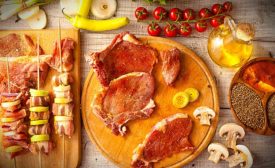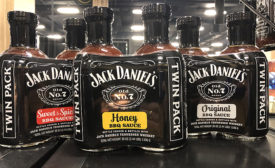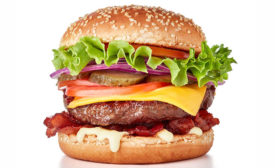Ingredients
Tech | Ingredients
Infused flavor
Strong flavor, clean labels and improved nutritional components are key to marinades.
Read More
Product Focus | Ingredients
Getting sauced: The finishing touch for good barbecue
April 22, 2020
Product Focus | Burgers
Changes in burger patties
A different kind of blend: The all-meat patty rules the burger world, but there is a burger for every type of consumer.
Read More
Tech | Processing
Adding clean, even flavor
New technologies are improving marinades and injections.
Read More
Business Strategies | Foodservice Trends
Serving up progress
Prepared meat, poultry, seafood - and meatless products too - address operator needs
January 1, 2020
Stay ahead of the curve. Unlock a dose of cutting-edge insights.
Receive our premium content directly to your inbox.
SIGN-UP TODAYCopyright ©2024. All Rights Reserved BNP Media.
Design, CMS, Hosting & Web Development :: ePublishing












